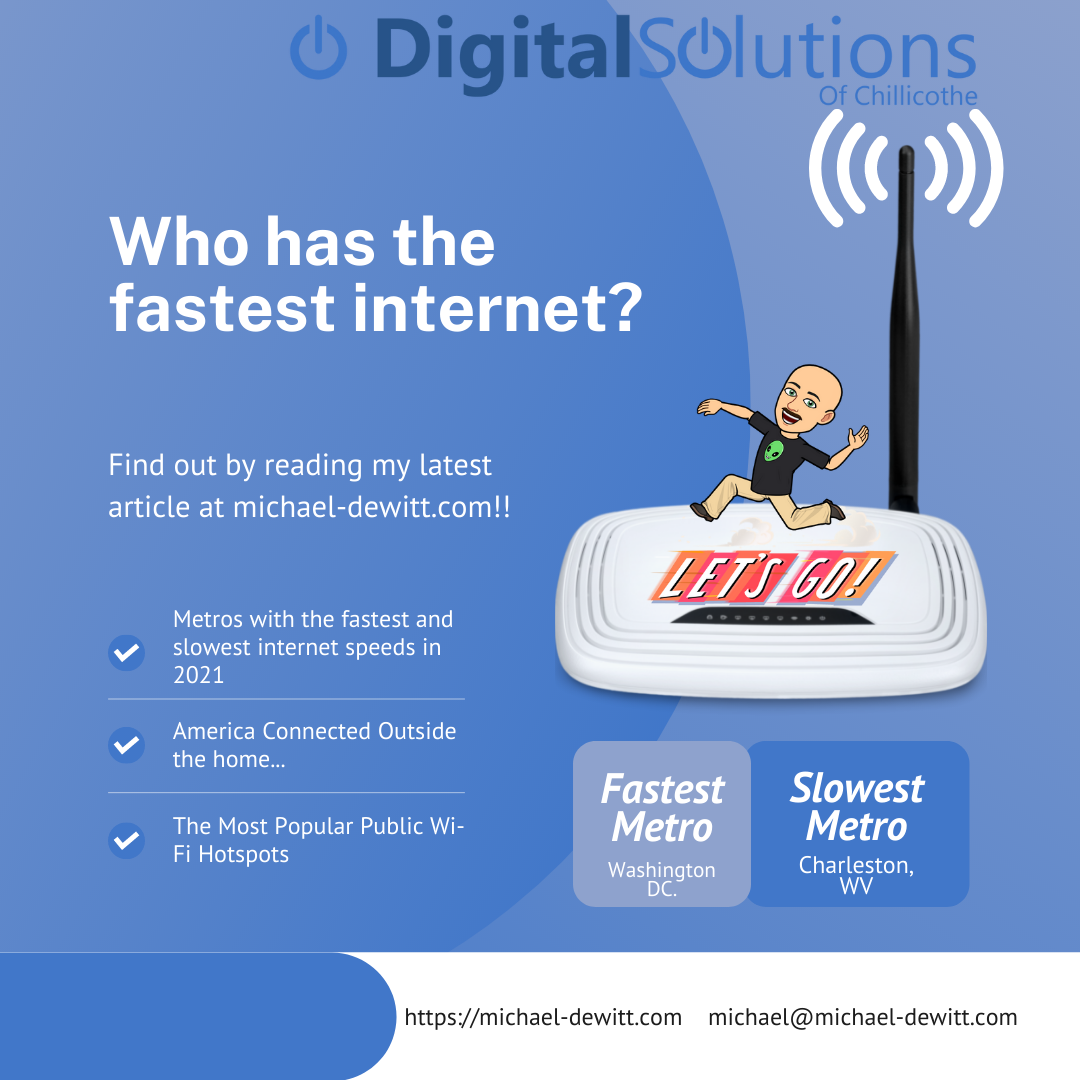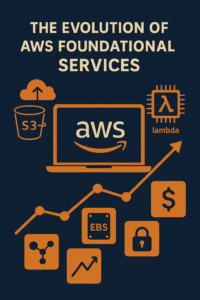In 2021, America saw the average internet speeds rise to 99.3Mbps. The previous 2020 average was 42.86Mbps. Beyond faster speeds, people needed more mobile options to stay connected, and more people looked to get fiber internet after feeling frustrated with their current cable or DSL connections. In this post, we’re going to cover the states with fastest and slowest internet connections in 2021. We’re going to cover some info on mobile internet, explore customer satisfaction with their ISP’s, touch on how the Fiber internet demand has increased We’re also going to note who the fastest internet providers currently are.
States with the fastest and slowest internet speeds in 2021
- Rhode Island has the fastest internet speeds: Rhode Island ranked first for fastest average internet speeds (129.0 Mbps) in the US, beating out Maryland’s two-time record.
- Montana has the slowest internet speeds: Montana ranked last in 2021, with average internet speeds of 54.4 Mbps. But it still showed a vast improvement from its 2020 average of 30.1 Mbps.
- Alaska made huge internet speed gains: Alaska was the slowest state in 2020, with average speeds of 20.6 Mbps. However, The Last Frontier’s average speeds improved to 61.5 Mbps in 2021.
Metros with the fastest and slowest internet speeds in 2021
From 2020 to 2021, Hunstville, Alabama, tripled its average download speeds, the most significant improvement for any US metro. And the following cities more than doubled their average internet speeds in 2021: Rochester, New York; Des Moines, Iowa; Madison, Wisconsin; and Raleigh, North Carolina.
-
Washington, DC, was the metro with the fastest average internet speed in the US, clocking in at 129.1 Mbps.
-
In nearby Charleston, West Virginia, the average download speed was nearly 100 Mbps slower at 32.7 Mbps.
- Charleston had the slowest average speeds by far out of the 100 largest metros, coming in at 32.7 Mbps. The next slowest was Boise, Idaho with 56.9 Mbps.
America Connected Outside the home
According to our recent travel Wi-Fi survey, the shift to working from home allowed some folks to travel while they work: 65% of respondents said they’ve worked remotely during an Airbnb or short-term rental stay.
Three in four people said having an internet connection while traveling was important, with 43% saying it was very important. Still, almost a third of our respondents said having an internet connection while traveling was essential.
The Most Popular Public Wi-Fi Hotspots
-
85% of Americans use public Wi-Fi hotspots, and 41% say they use them regularly.
- 51% have used public Wi-Fi to stay connected during the pandemic.
How Many Americans use their smartphone as a hotspot? Are they concerned about their online privacy?
-
Almost 60% of respondents say they’ve used their smartphone as a hotspot during the pandemic, 31.84% say they haven’t needed to, and 8.76% said they did not know they could use their smartphone as a hotspot.
-
Privacy was the biggest concern for our respondents (41.29%), followed by protection from cyber attacks (32.7%). Most Americans (78.75%) are concerned about their online safety when connected to public Wi-Fi.
- To prevent data breaches, cyberattacks, and other malicious online activity, 47.22% of respondents say they use a Virtual Private Network (VPN); 44% use a VPN when connected to public Wi-Fi networks. Some use VPNs to access streaming content not typically available within the US (15.12%).
Customer Satisfaction?
After the pandemic, shifting to online work, school, health care, and entertainment increased the need for better internet at home. Many Americans realized their current internet connections couldn’t meet the new requirements.
As a result, 2021 saw drops in internet customer satisfaction in every category compared to our pre-pandemic 2020 customer satisfaction report. Performance ratings (speed and reliability) fell the most, which may have been what prompted customers to seek out faster internet plans.



